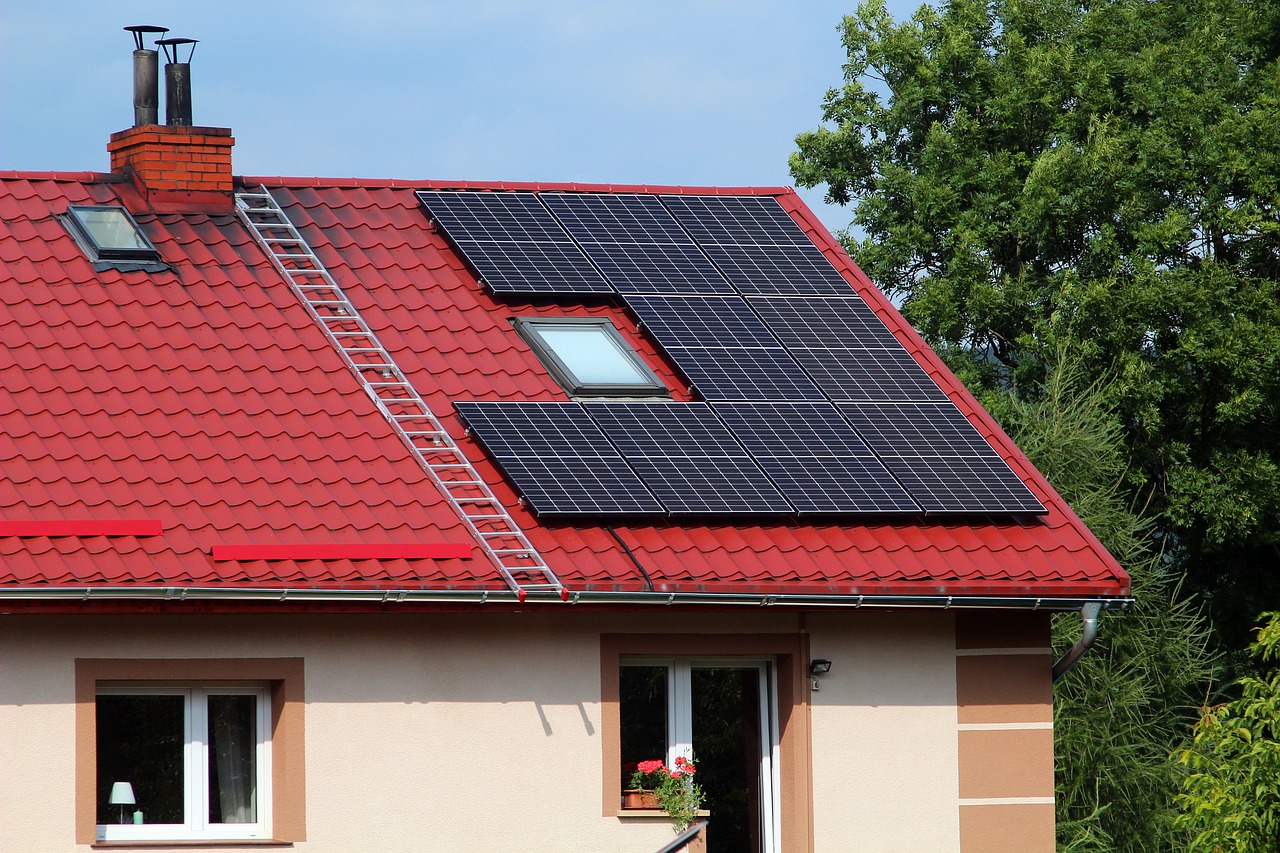Urban Flooding Threat in Rawalpindi & Islamabad – 17th July 2025
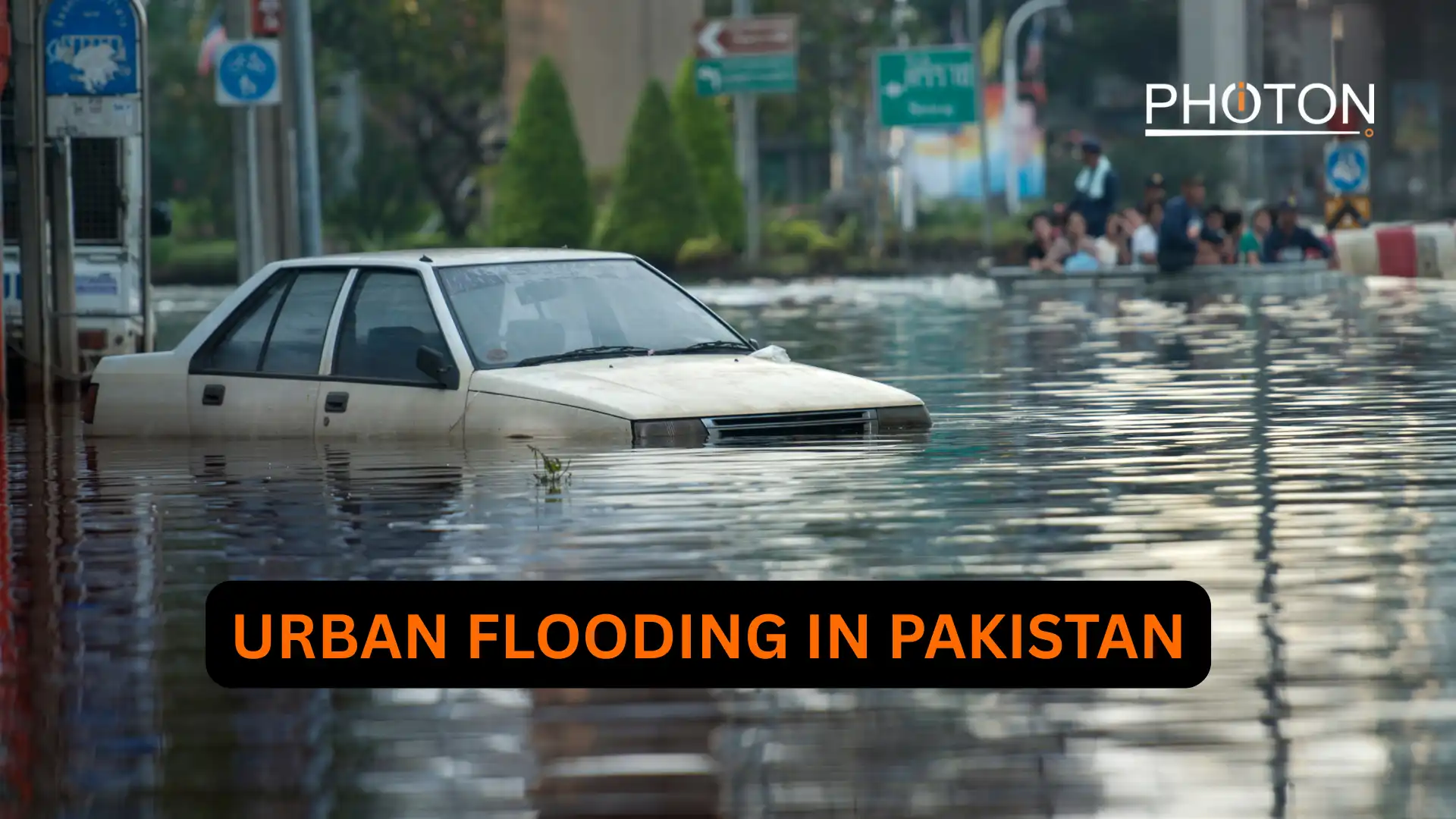
Nullah Lai Overflow Raises Alarm Once Again
On 17th July 2025, a devastating wave of urban flooding hit the twin cities of Rawalpindi and Islamabad, causing chaos in daily life, destruction of property, and a clear warning that we are still ill-prepared to handle monsoon emergencies. The core of the disaster: the Rawalpindi Nullah Lai area, which once again turned into a river of destruction after heavy rainfall.
⚠️ Rawalpindi Nullah Lai Overflow: A Recurring Disaster
The Nullah Lai — a stormwater drain that cuts through densely populated areas of Rawalpindi — overflowed after receiving more than 120 mm of rainfall in a few hours. As a result, low-lying areas such as:
- Gawalmandi
- Dhoke Hassu
- Saddar
- Katarian
- Murree Road near Committee Chowk
- Faizabad Interchange
- City Saddar Road and Raja Bazaar
were submerged in 3–5 feet of water, forcing evacuations, damaging vehicles, flooding homes and shops, and severely affecting businesses.
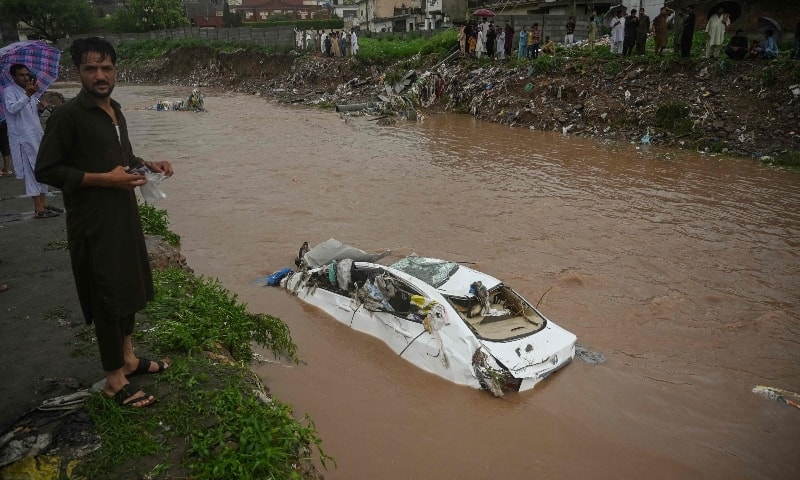
Islamabad Also Paralyzed
While Islamabad’s sectors are relatively better planned, they were not spared. Key roads such as Blue Area, Aabpara, F-6, G-6, and I-8 sectors experienced water accumulation, falling trees, and long power outages. The Islamabad Expressway was blocked due to poor drainage and vehicle breakdowns.
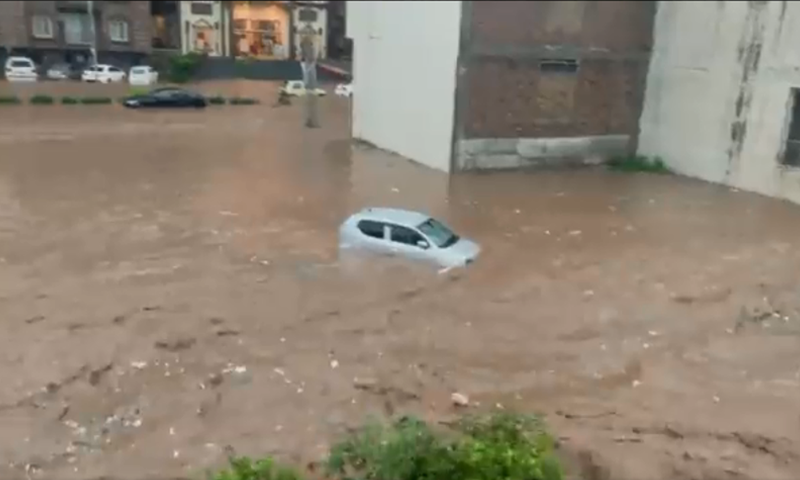
🔍 Root Causes of Urban Flooding in Rawalpindi & Islamabad
1. 🛠️ Poor Drainage Infrastructure
The outdated drainage system in Rawalpindi, especially around the Nullah Lai, cannot handle the current volume of rainfall. Over decades, this stormwater channel has been choked by encroachments, solid waste dumping, and illegal constructions.
2. 🏗️ Unregulated Urban Expansion
Massive urban sprawl without proper planning has led to the blocking of natural water flow paths, especially in low-lying and flood-prone zones.
3. 🌍 Climate Change & Intense Monsoon Patterns
Pakistan is facing increasingly intense monsoon downpours due to global climate change. Cloudbursts like the one on 17-07-2025 are becoming more frequent, putting pressure on fragile infrastructure.
4. ⚠️ Neglected Early Warning Systems
Despite multiple floods in recent years, there is no real-time flood alert system for residents of the Nullah Lai belt, nor is there a properly enforced urban disaster management plan.
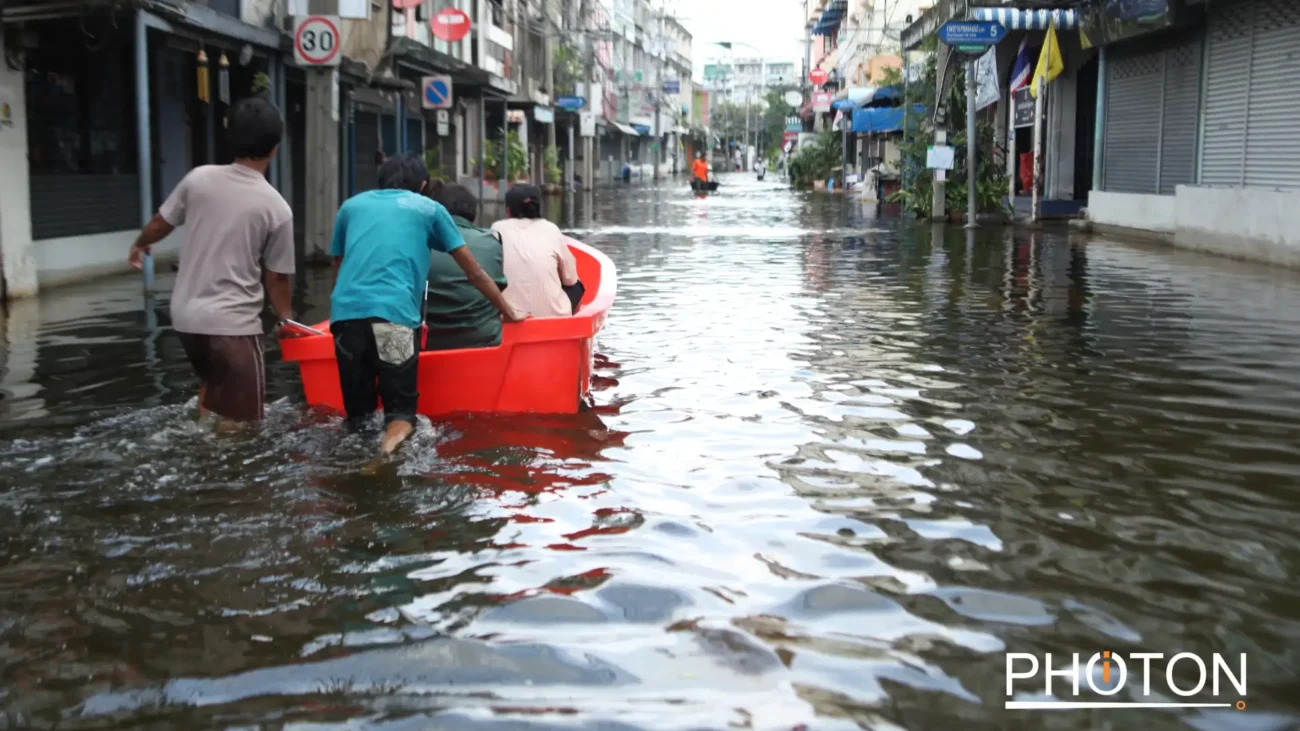
Solutions: What Can Be Done to Prevent Future Flooding
🔧 Immediate Steps
- De-silting and widening of Nullah Lai and all its tributaries
- Setting up high-capacity pumping stations in low-lying areas
- Declaring the Nullah Lai zone a high-risk flood corridor and halting further construction there
🏗️ Long-Term Urban Reforms
- Revise Rawalpindi city’s master plan with integrated flood management
- Implement green infrastructure (e.g., rain gardens, water absorption pits) in Islamabad
- Enforce building codes and remove encroachments along water channels
💡 Public Awareness
- Educate citizens on the dangers of throwing waste in drains
- Promote rainwater harvesting
- Encourage eco-friendly construction and permeable pavements
🌍 Climate Change Is Real – and Local
This flood was not just a natural disaster — it was a man-made tragedy. Urban flooding is becoming a seasonal nightmare for Rawalpindi and Islamabad, and it will continue to worsen unless we rethink how we build, manage, and protect our cities.

